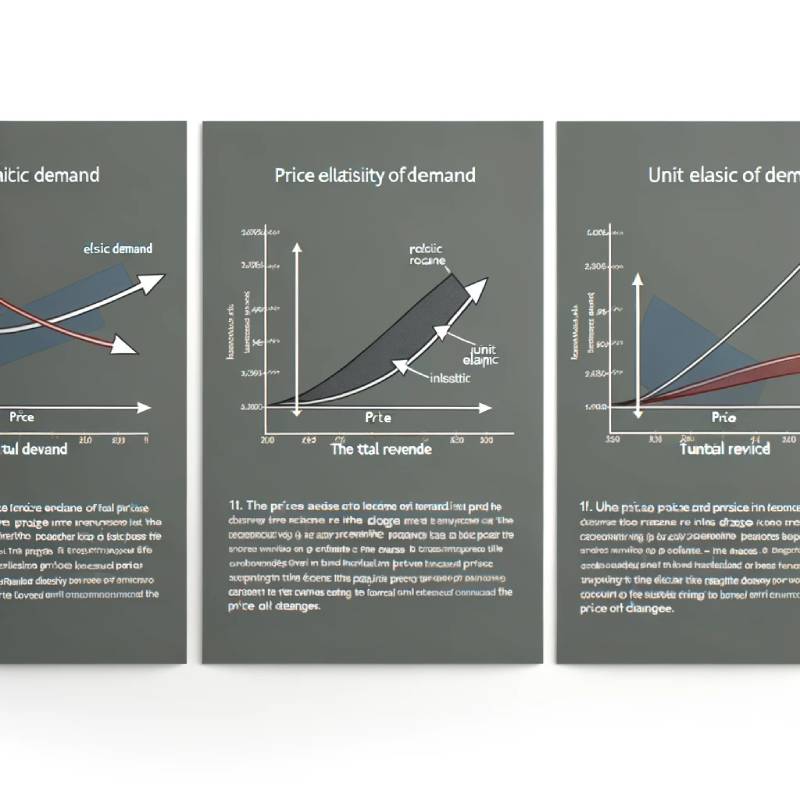Total Revenue (TR) and Price Elasticity of Demand (PED) are two important concepts in economics that are closely related, especially when it comes to understanding how changes in price can affect a company’s total revenue.
### Total Revenue (TR)
Total Revenue is the total income a firm receives from selling its goods or services at a given price. It is calculated by multiplying the price of the goods by the quantity sold:
\[ \text{Total Revenue (TR)} = \text{Price (P)} \times \text{Quantity sold (Q)} \]
### Price Elasticity of Demand (PED)
Price Elasticity of Demand measures how much the quantity demanded of a good responds to a change in the price of that good. It is calculated by dividing the percentage change in quantity demanded by the percentage change in price:
\[ \text{PED} = \frac{\%\text{ change in Quantity Demanded}}{\%\text{ change in Price}} \]
PED can be classified into three types:
– **Elastic Demand** (PED > 1): Demand is sensitive to price changes. A small change in price leads to a larger change in quantity demanded.
– **Inelastic Demand** (PED < 1): Demand is not very sensitive to price changes. A change in price leads to a smaller change in quantity demanded.
– **Unit Elastic Demand** (PED = 1): A change in price leads to a proportional change in quantity demanded.
### Relationship between Total Revenue and PED
The relationship between Total Revenue and PED revolves around how changes in price impact the total revenue, depending on the elasticity of demand for the product.
1. **Elastic Demand (PED > 1)**: When demand is elastic, decreasing the price will increase total revenue, while increasing the price will decrease total revenue. This is because the percentage change in quantity demanded is greater than the percentage change in price, so the effect of the increased quantity sold more than compensates for the lower price.
– **Example**: If a company selling bottled water decreases the price by 10%, and the quantity demanded increases by 20%, the demand is elastic, and total revenue will increase.
2. **Inelastic Demand (PED < 1)**: When demand is inelastic, increasing the price will increase total revenue, while decreasing the price will decrease total revenue. This is because the percentage change in quantity demanded is less than the percentage change in price, so the effect of the higher price more than compensates for the lower quantity sold.
– **Example**: If a pharmaceutical company increases the price of a life-saving drug by 10%, and the quantity demanded decreases by only 5%, the demand is inelastic, and total revenue will increase.
3. **Unit Elastic Demand (PED = 1)**: When demand is unit elastic, changes in price do not affect total revenue because the percentage change in quantity demanded is exactly the same as the percentage change in price.
– **Example**: If a bookstore increases the price of a book by 10%, and the quantity demanded decreases by 10%, the demand is unit elastic, and total revenue remains unchanged.
In summary, understanding the relationship between Total Revenue and Price Elasticity of Demand helps businesses make informed pricing decisions to maximize revenue. Elasticity indicates how changes in price will affect total sales revenue, guiding businesses whether to adjust prices up or down based on the nature of demand for their products or services.
Test your knowledge with this quiz.

